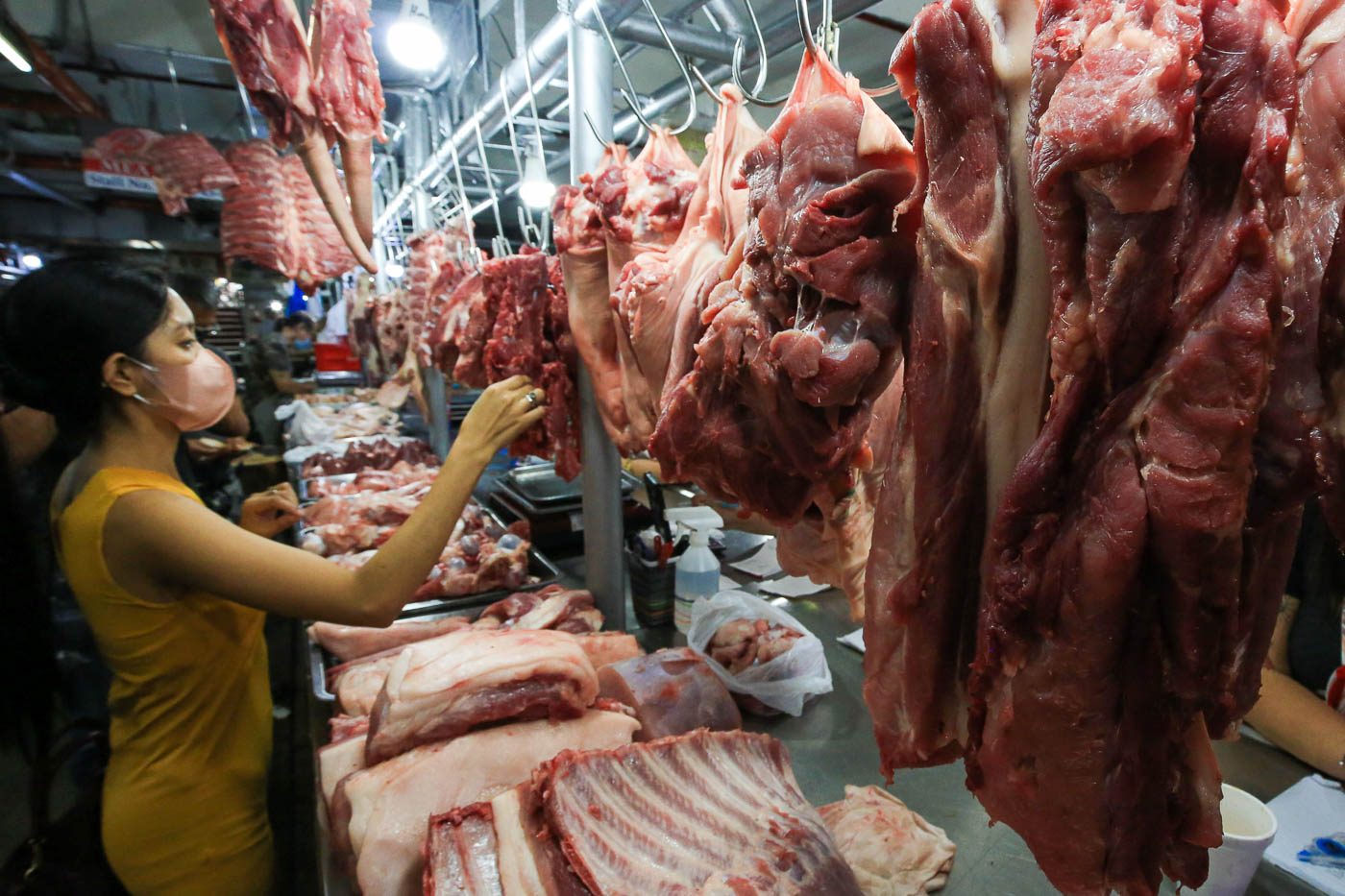SUMMARY
This is AI generated summarization, which may have errors. For context, always refer to the full article.

MANILA, Philippines – The Philippines’ inflation rate jumped further to 8% in November 2022, the highest recorded since November 2008 or in 14 years.
The latest figure follows the 7.7% inflation rate in October 2022 and is more than double the 3.7% posted in November 2021.
Year-to-date, average inflation stands at 5.6%, above the government’s target range of 2% to 4%.
The Philippine Statistics Authority (PSA) on Tuesday, December 6, attributed the spike to the inflation rate of food and non-alcoholic beverages, which surged to 10% in November from 9.4% in October.
Restaurants and accommodation services also rose to 6.5% in November from 5.7% in October.
Reacting to the inflation rate, President Ferdinand Marcos Jr. said in a speech on Tuesday that it is “running rampant and out of control.”
“The main drivers of that inflation, unfortunately, are still imported,” he also said.
The Russia-Ukraine war has triggered price shocks worldwide, but experts have been calling on the Marcos administration to do more to combat rising prices in the Philippines.
By region
While there was a spike in the national inflation rate, the National Capital Region (NCR) saw a slight easing to 7.5% in November from 7.7% in October, driven by slower increases for the following:
- housing, water, electricity, gas, and other fuels – 3.7%
- transport – 14.8%
- food and non-alcoholic beverages – 11.2%
- alcoholic beverages and tobacco – 7.6%
A year ago or in November 2021, however, inflation in NCR was only at 2.2%.
In areas outside NCR, the inflation rate followed the national trend, rising to 8% in November from 7.6% in October. A year ago, it was at 4%.
The PSA said the higher inflation rate in areas outside NCR was primarily due to faster increases for the following:
- food and non-alcoholic beverages – 9.7%
- restaurants and accommodation services – 5.6%
The Davao Region remained the region with the highest inflation at 9.7%, while the Bangsamoro Autonomous Region in Muslim Mindanao had the lowest inflation at 6%.
Outlook
The Bangko Sentral ng Pilipinas (BSP) earlier estimated that inflation would fall within the range of 7.4% to 8.2% in November.
In a statement on Tuesday, the BSP said it sees inflation slowing down in the coming months “due to easing global oil and non-oil prices, negative base effects, and as the impact of [its] cumulative policy rate adjustments work its way to the economy.”
But the central bank also noted that “the risks to the inflation outlook remain tilted to the upside for 2023.”
“The key upside risks are the potential impact on international food prices of higher fertilizer prices, trade restrictions, and adverse global weather conditions,” the BSP said.
“Higher food prices from further domestic weather-related disturbances and supply disruptions in key food commodities such as sugar and meat, as well as pending petitions for transport fare hikes were also identified as upside risks to the inflation outlook in the latest round.”
The BSP’s Monetary Board will next meet on December 15. – Rappler.com
Add a comment
How does this make you feel?

![[Vantage Point] BBM Year 2: Hits and misses](https://www.rappler.com/tachyon/2024/06/thought-leaders-marcos-hits-and-misses.jpg?resize=257%2C257&crop=277px%2C0px%2C720px%2C720px)


![[In This Economy] Part 2 | POGOnomics: Are we banning POGOs out of fear, outrage, not rational thought?](https://www.rappler.com/tachyon/2024/06/thought-leaders-pogonomics-part-2b.jpg?resize=257%2C257&crop=292px%2C0px%2C720px%2C720px)
There are no comments yet. Add your comment to start the conversation.